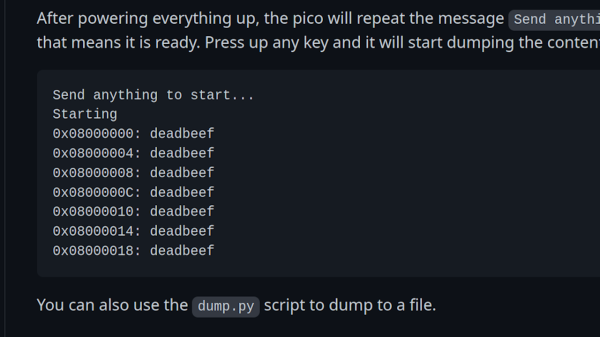Payment terminals might feel intimidating — they’re generally manufactured with security in mind, with all manner of anti-tamper protections in place to prevent you from poking around in the hardware too much. But [Aaron Christophel] thinks that level of security isn’t aren’t always in practice however, and on his journey towards repurposing devices of all kinds, has stumbled upon just the terminal that will give up its secrets easily. The device in question is Sumup Solo terminal, a small handheld with a battery, LTE connection and a payment card slot – helping you accept card payments even if you’re on the go.
Now, this terminal has security features like the anti-tamper shield over the crucial parts of the device, leading to payment processing-related keys being erased when lifted. However, acupuncture needles, a tool firmly in [Aaron]’s arsenal, helped him reach two UART testpoints that were meant to be located under that shield, and they turned out to be all that a hacker needed to access the Linux system powering this terminal. Not just that, but the UART drops you right into the root shell, which [Aaron] dutifully explored — and after some cross–compilation and Linux tinkering, he got the terminal to, naturally, run Doom.
The video shows you even more, including the responsible disclosure process that he went through with Sumup, resulting in some patches and, we hope, even hardware improvements down the line. Now, the payment processing keys aren’t accessible from the Linux environment — however, [Aaron] notes that this doesn’t exclude attacks like changing the amount of money displayed while the customer is using such a terminal to pay.
If you’d like to take a closer look at some of the hardware tricks used in these secure devices, we did a teardown on one back in 2019 that should prove interesting.
Continue reading “Aaron Christophel Brings DOOM To Payment Terminal”















